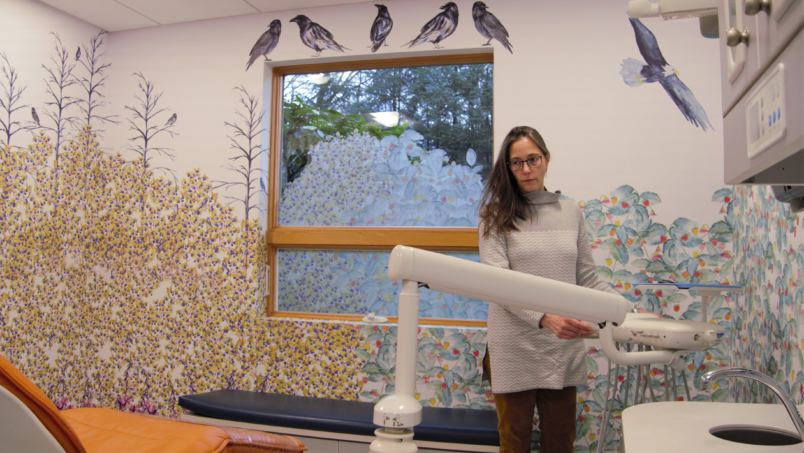Juneau fluoride study confirms old science, but doesn’t sway opponents

About 12 years ago, Juneau became one of many American cities to stop fluoridating its tap water. Unlike the others, a public health researcher decided to study the real-world aftermath of ending fluoridation in Juneau.
Back then, the science predicted more cavities. Later, local dentists anecdotally reported more cavities. And now, there’s new research confirming there are more cavities.
Jennifer Meyer is a public health researcher with a new study in the journal BMC Oral Health. She talks about tooth decay and cavities the way dentists do — she calls them “caries.”
And after studying what happened in Juneau to children under six, this is her takeaway: “By taking the fluoride out of the water supply … the trade-off for that is children are going to experience one additional caries procedure per year, at a ballpark (cost) of $300 more per child.”
Meyer can talk about it in terms of money because she studied the complete set of Medicaid dental claims for two years filed for kids in Juneau’s main ZIP code. She got a year’s worth of data before fluoride went away, and another year’s worth five years after it went away. For about 1,900 kids total.
“So I looked at every single record for every single child in that sample in both groups, and it took weeks. I just have to cry a little, because it was a lot of time,” Meyer said.
For children under six, here’s what happened.
When the water was fluoridated, on average they had about one-and-a-half cavity-related procedures per year. After fluoride was gone, that went up to about two-and-a-half procedures a year. There was an increase for older kids, too, but it was less dramatic.
The expense adds up.
“The cost to have a fluoride management program, to actually fluoridate the water, is pennies by comparison to what it costs to treat a cavity,” Meyer said.
It would be more expensive for anyone — not just for the public by providing dental care through Medicaid. But Meyer said people with less money are especially vulnerable when fluoride goes away.
For example, parents can get prescriptions for fluoride tablets.
“I think that’s a great option for people, but it’s also a headache,” Meyer said. “You gotta get the prescriptions filled, you gotta remember to give it, you’ve gotta make sure kids don’t take more than one — you know, there’s risks to that. … It sets up a precedent for inequity.”
“I believe I have the right to have a public water supply that is pure and to decide for myself what medicines I wish to take, and I just don’t wish to be exposed to a toxic chemical, fluoride,” Ham said.But Meyer’s research isn’t winning over longtime fluoride opponents like David Ham, who was active in the movement to take fluoride out of Juneau’s water in 2006.
The Centers for Disease Control and Prevention, World Health Organization, European Union and other government and medical institutions have long held that low levels of fluoride in drinking water are safe.
“My issue is that we’re asking the wrong question here, you know? … And let’s get to the root cause and put a tax on sugary drinks and all of these other things, or do whatever we can to support good health through good diet,” Ham said.
He calls fluoridation “a Band-Aid” fix.
0 Comments:
Post a Comment
<< Home